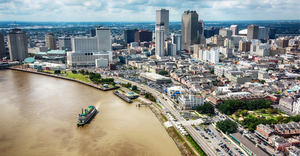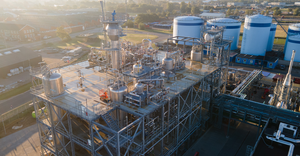February 18, 2016
The New Yorker
y day, people generate a volume of trash that weighs roughly as much as a million elephants. By 2050, if things don’t change, the plastic waste in the ocean will outweigh the fish. The Belgian photographer Paul Bulteel is deeply interested in this problem, perhaps in part because he lives in a region that seems to be successfully addressing it. Belgium has one of the highest recycling rates in the world: eighty per cent of its total packaging waste and forty-one per cent of its plastic packaging is transformed into new, reusable materials. (The United States recycles no more than fourteen per cent of its plastic-packaging waste.) For his new book of photographs, “Cycle & Recycle,” Bulteel travelled to recycling plants in Belgium, Luxembourg, Germany, the Netherlands, and France. He wanted not only to document the “volumes and variety of waste streams,” which photographers and artists have been doing for decades, but also to illustrate and encourage efforts “to recycle waste on an unprecedented scale.”
The result is bewildering, evocative, and often beautiful. Most of the photographs depict a pile of one material, which has been collected and sorted, then shredded, pancaked, stacked, crushed, or otherwise transformed.
You May Also Like


